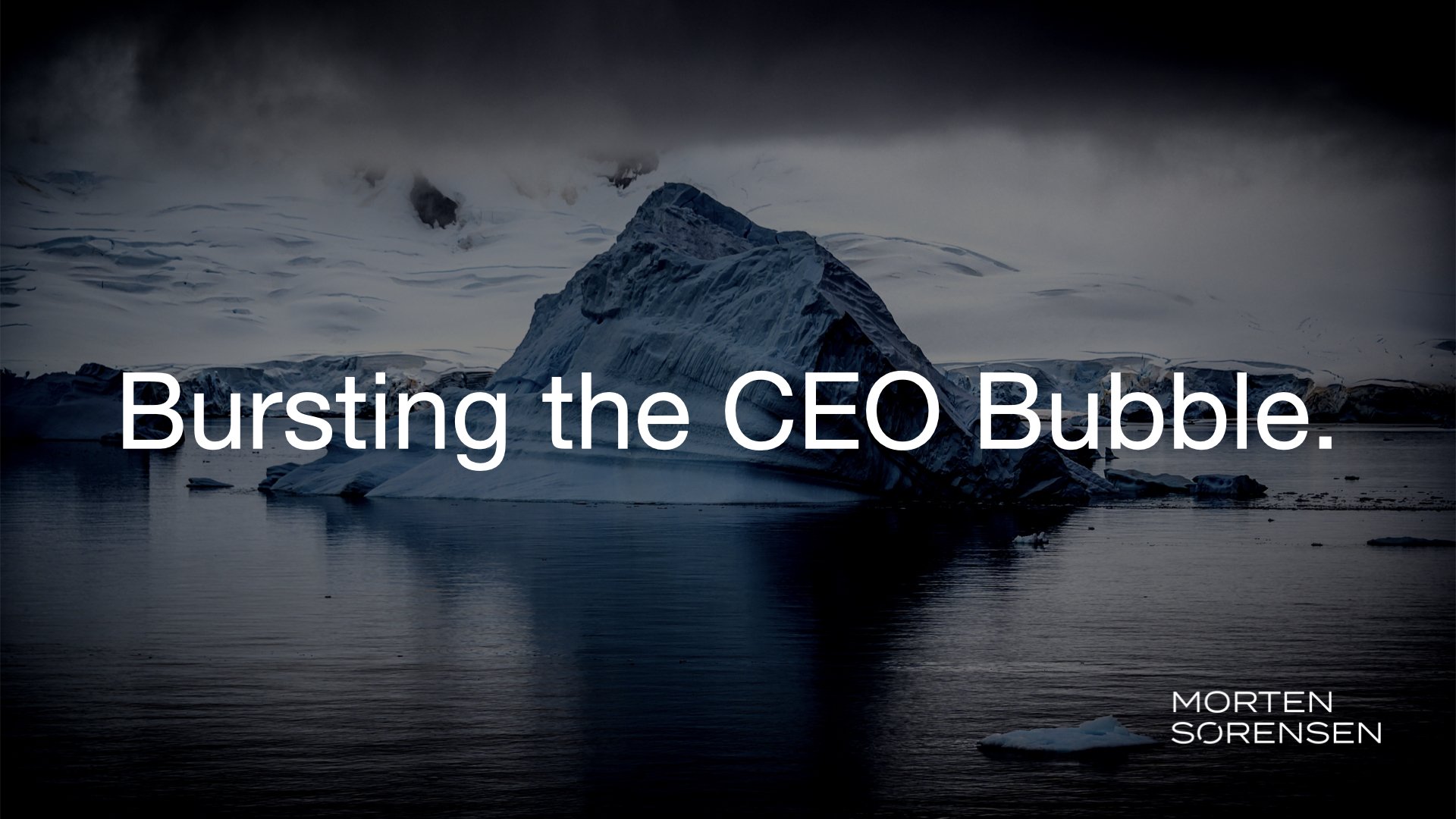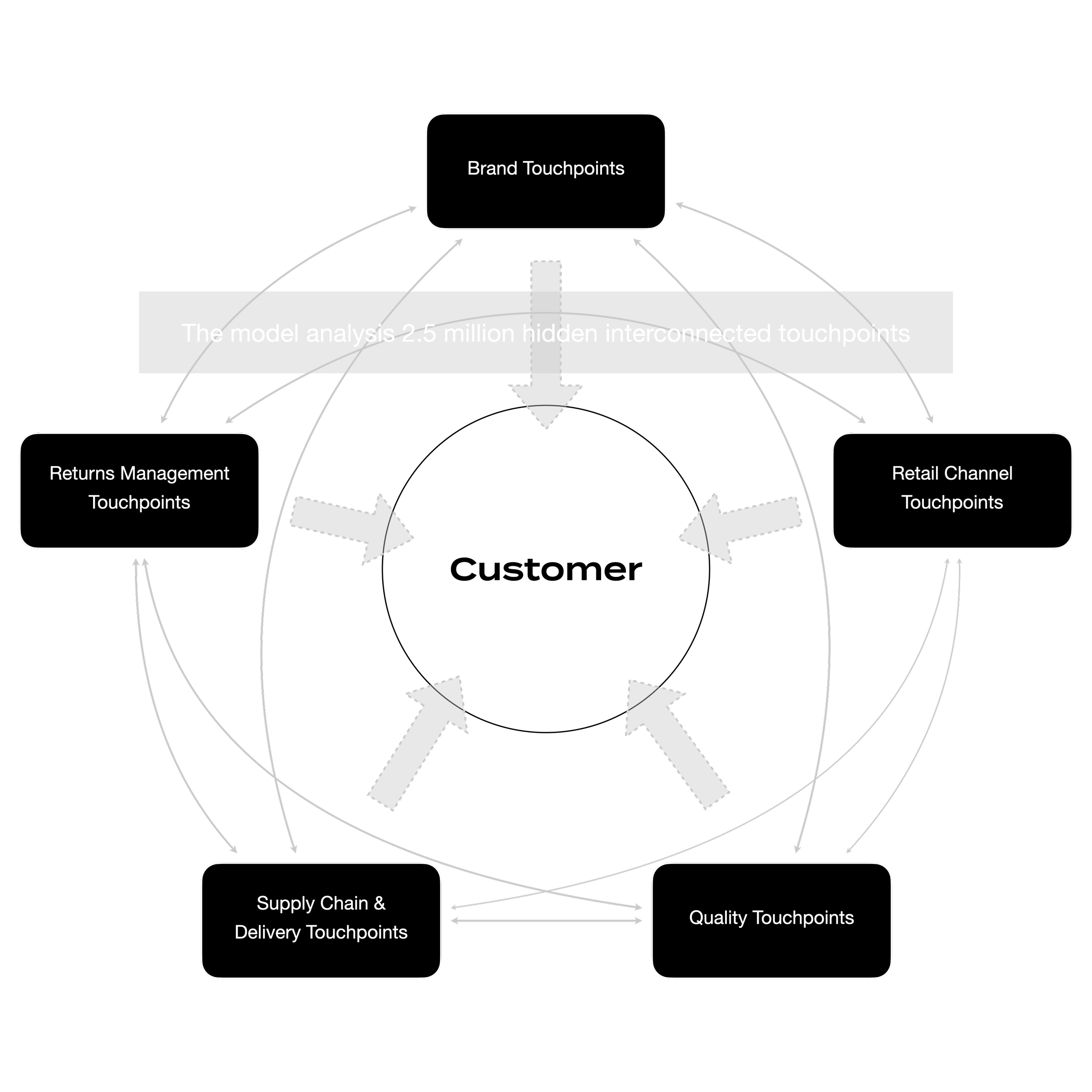Bursting the CEO Bubble.
Walter W. Bettinger II, the Co-Chairman and CEO of The Charles Schwab Corporation, defines his "CEO Bubble" as taking two forms:
1. "People telling you what they think you want to hear", and
2. "People being fearful to tell you things they believe you don't want to hear."
I would add a third form:
3. "CEOs being dishonest with themselves by self-denying a different truth to the one they want to believe."
However, my focus is on helping Walter Bettinger with his CEO Bubble challenge.
Let's break the problem down. What is a CEO Bubble?
If we assess the above themes, they carry one core constant: emotion. Whether conscious, unconscious, or biased through learned behaviours. Therefore, a CEO Bubble is an emotion-driven circumstance. That's manageable.
Is that a problem? Yes. Emotions will always be biased. They are unique. It makes them unpredictable. Which dictates they are not measurable.
Throw in the mythical The Iceberg of Ignorance research report by Sidney Yoshida. Who concluded that only 4% of company problems are known to senior management, 9% by middle management, 74% by supervisors and 100% by employees. Fiction or otherwise.
That lack of insight is a risk. And these hide at the core of every CEO Bubble. It's the unknowns that drive the size of the CEO Bubble.
Then how do you tackle Walter's company's CEO Bubble conundrum? The key sits with the late innovation expert Clayton Christensen, who said, "Every answer has a question that retrieves it."
In other words, formulating the right insightful question is challenging - you need to know the problem first.
"A lot of times, the question is harder than the answer," notes Elon Musk. "If you can properly phrase the question, then the answer is the easy part."
Let's take this as the problem statement. And we look at it from a different point of view. How do we retrieve the right question? We find the answer.
"The size of the CEO Bubble is directly proportional to the disconnect distance between a brand and its customers. These small, unseen, unchecked factors shape that brand."
- Morten Sørensen, Founder
The further the disconnect, the greater "People telling you what they think you want to hear" and "People being fearful to tell you things they believe you don't want to hear." And over time, the CEO Bubble becomes untenable.
It was how I solved Walter's CEO Bubble challenge: I found how to show the disconnect between a brand and its customers. That value is immeasurable.
The Brand Diagnostic Assessment™ (BDA™) Framework is the answer to Walter's CEO Bubble conundrum.
The BDA™ assesses 2.459.600 interconnected hidden human factors between a brand and its customers. It finds the emotion-driven view of that brand. And pinpoints and quantifies the brand's unknown unknowns. The core design of the BDA™ is to give owners an unbiased view of their brand's performance, including its strengths, weaknesses, opportunities, and threats.
The Brand Diagnostic Assessment™ provides a window into your or your competitors' brand's CEO Bubble.




